As a developing economy, India has numerous developmental aspirations. How India meets these goals without worsening the climate crisis is at the heart of CSTEP's work. Addressing climate change and enabling a secure and sustainable future for Indian citizens require an overhaul of previous paradigms on development and resource utilisation. This is reflected in our work on developing low-carbon trajectories for development with an emphasis on nature-based solutions.
We are working with state governments across India to build capacity on risk and vulnerability assessments to inform their respective action plans on climate change. The transition from fossil fuels to renewable energy is crucial to achieving a secure and sustainable future. CSTEP's studies explore the possibility of a greater integration of renewables in the energy sector.
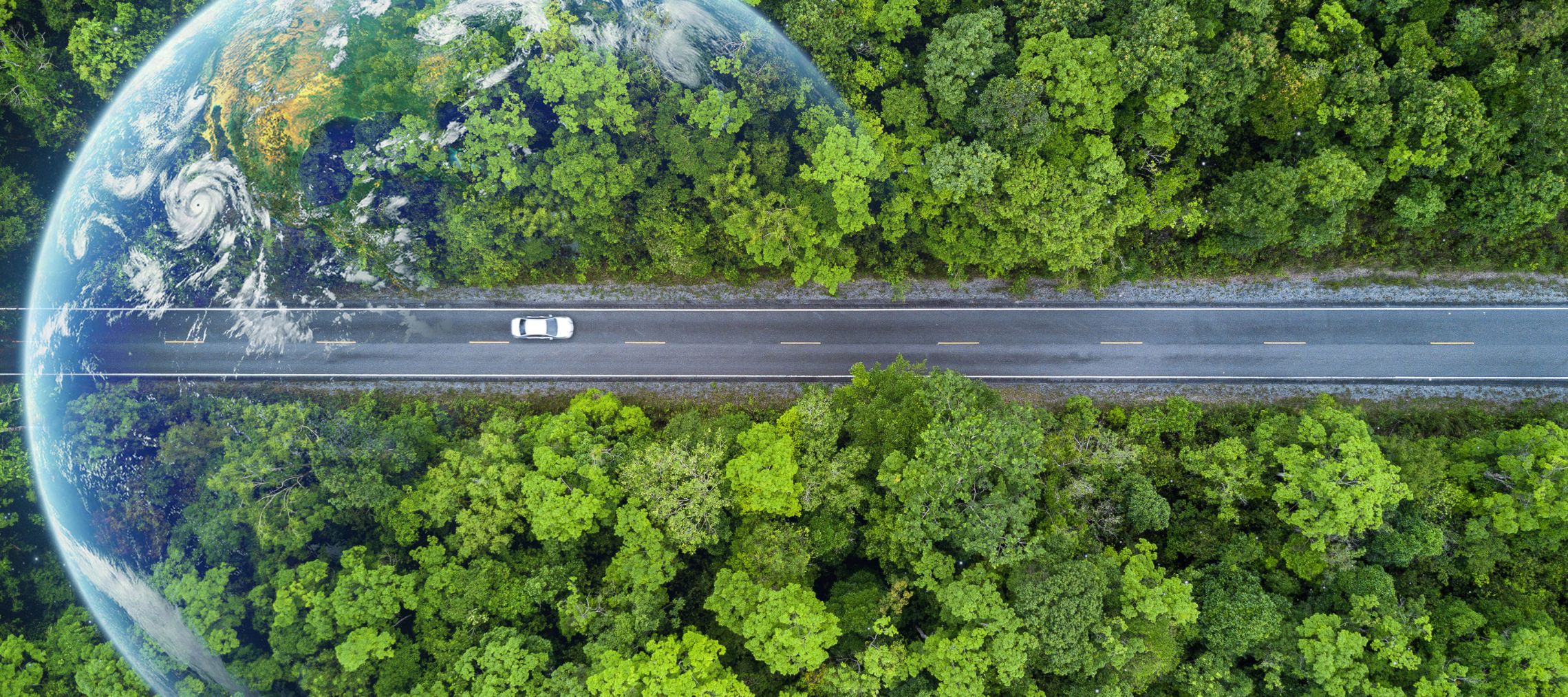
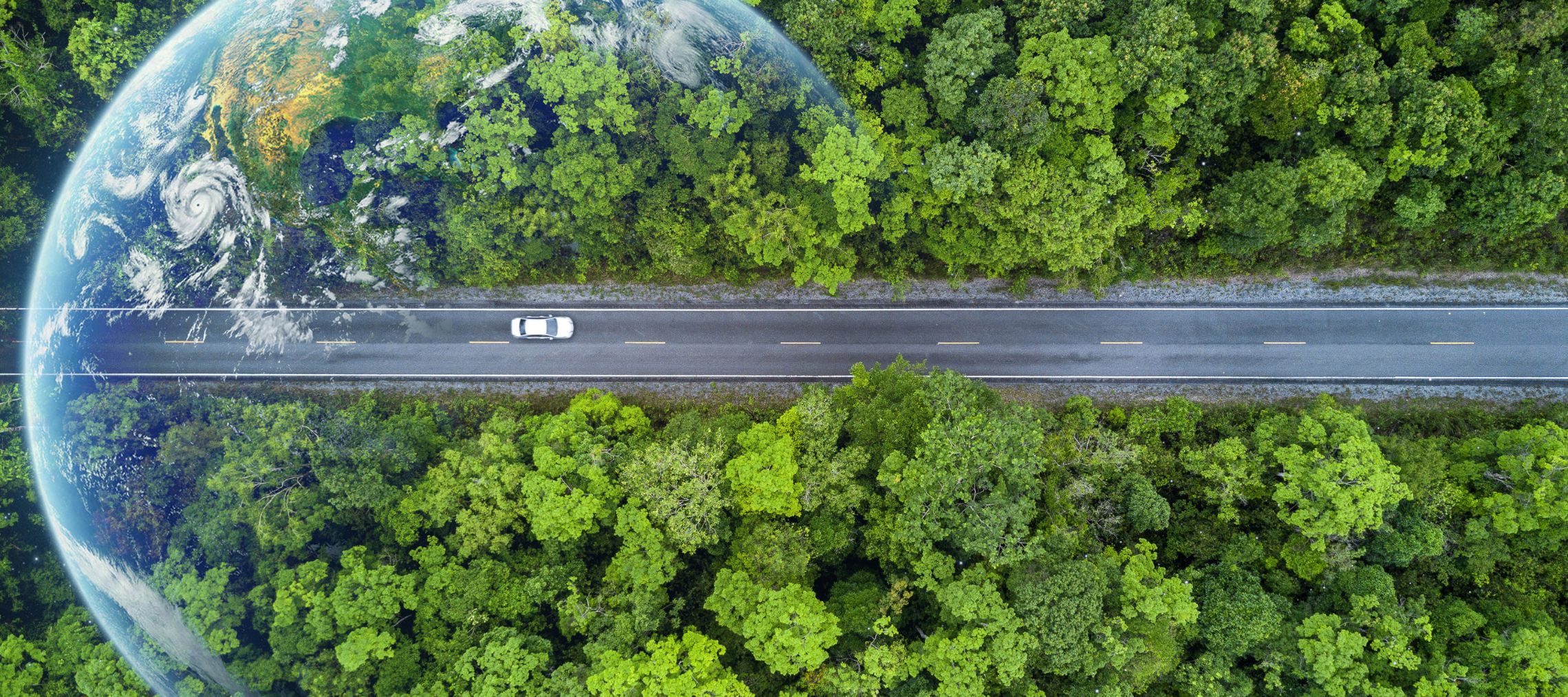



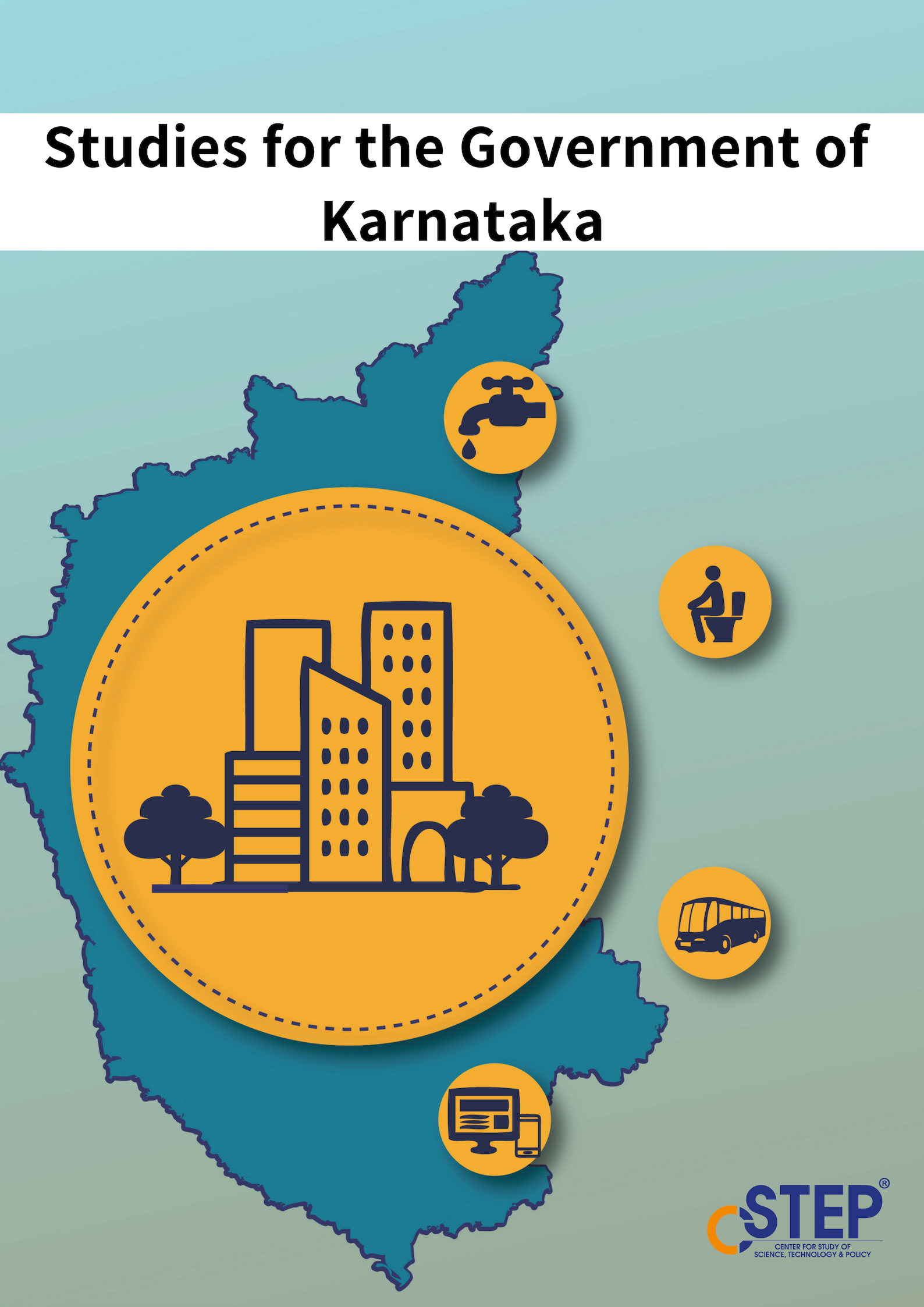
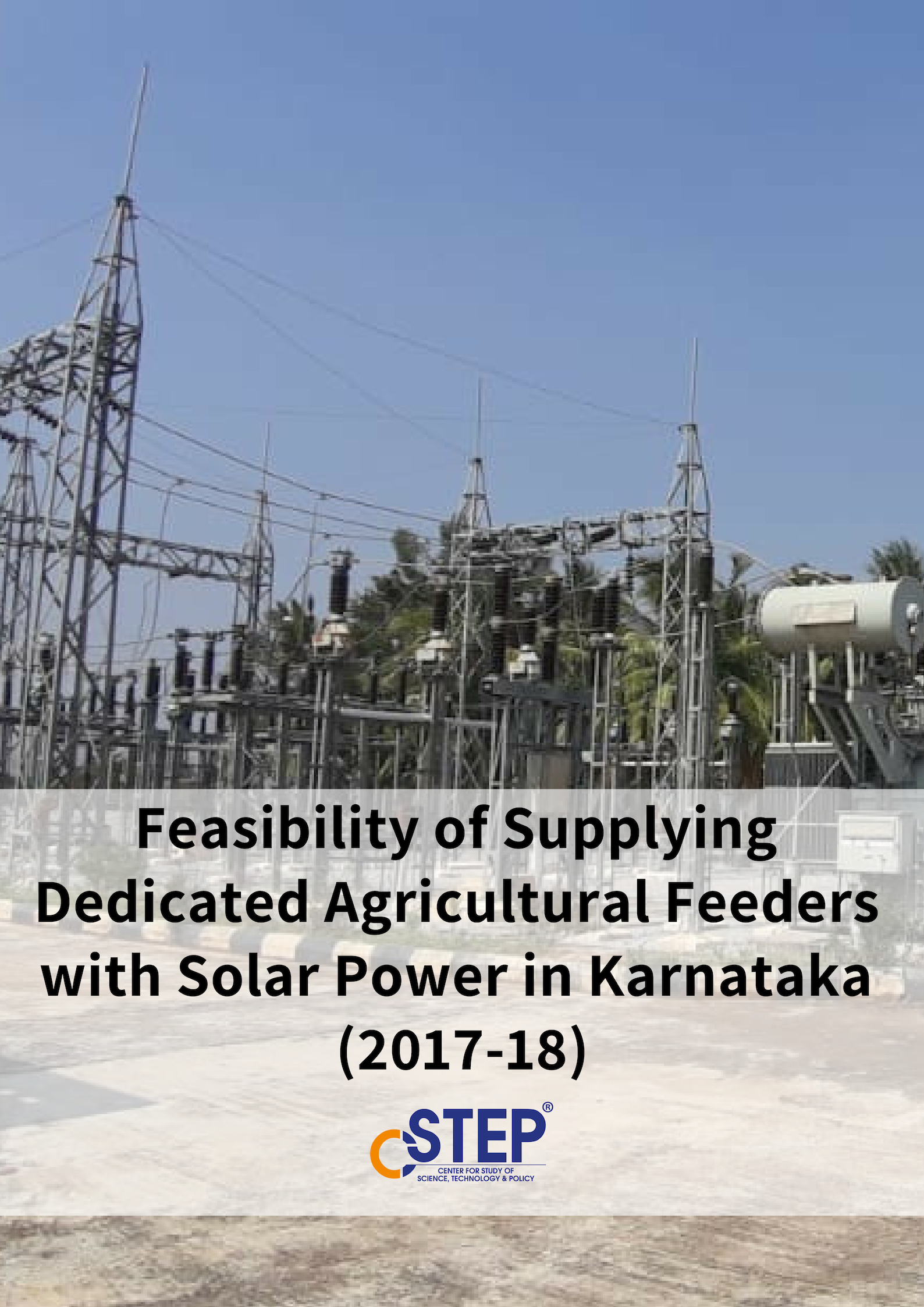
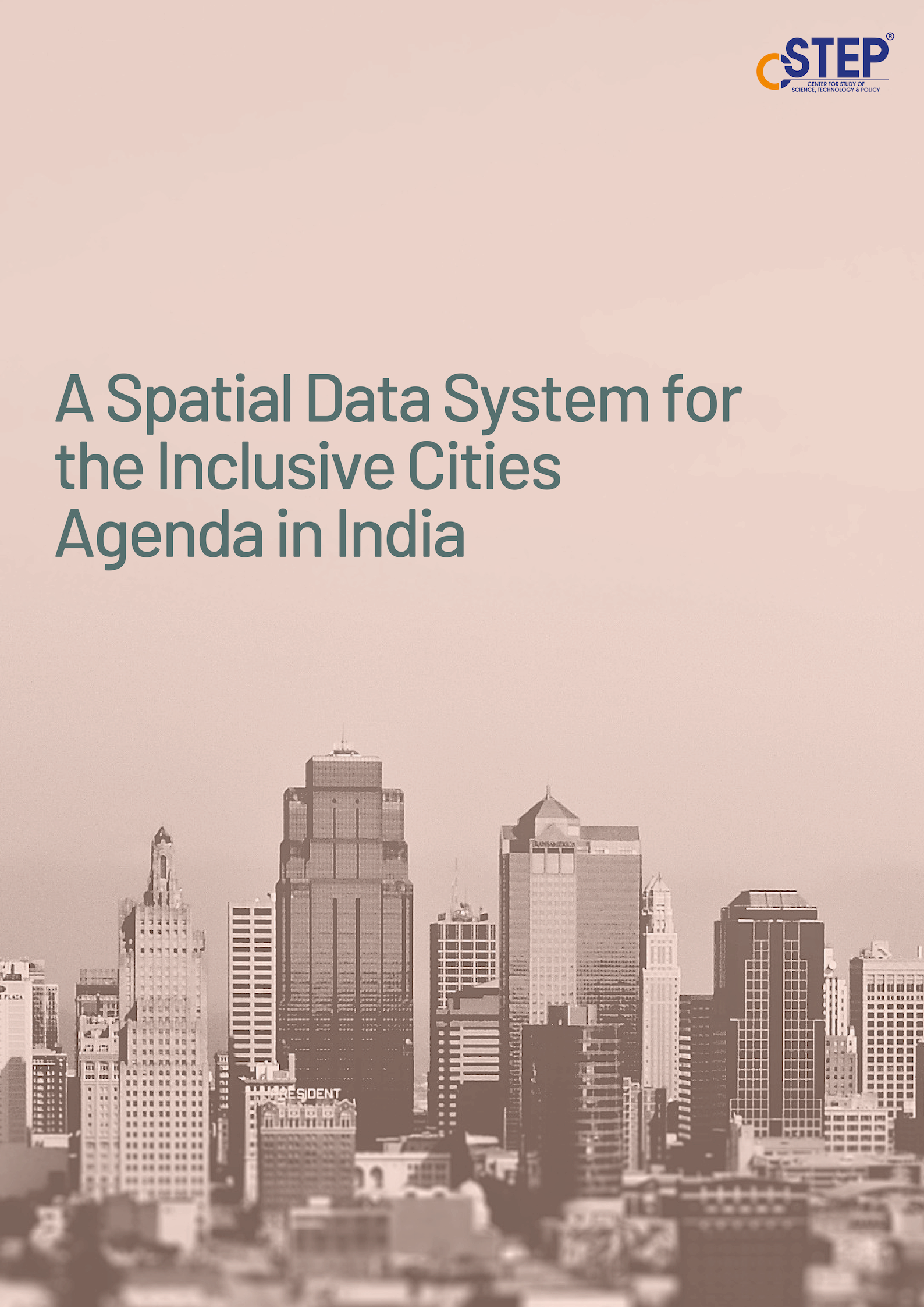
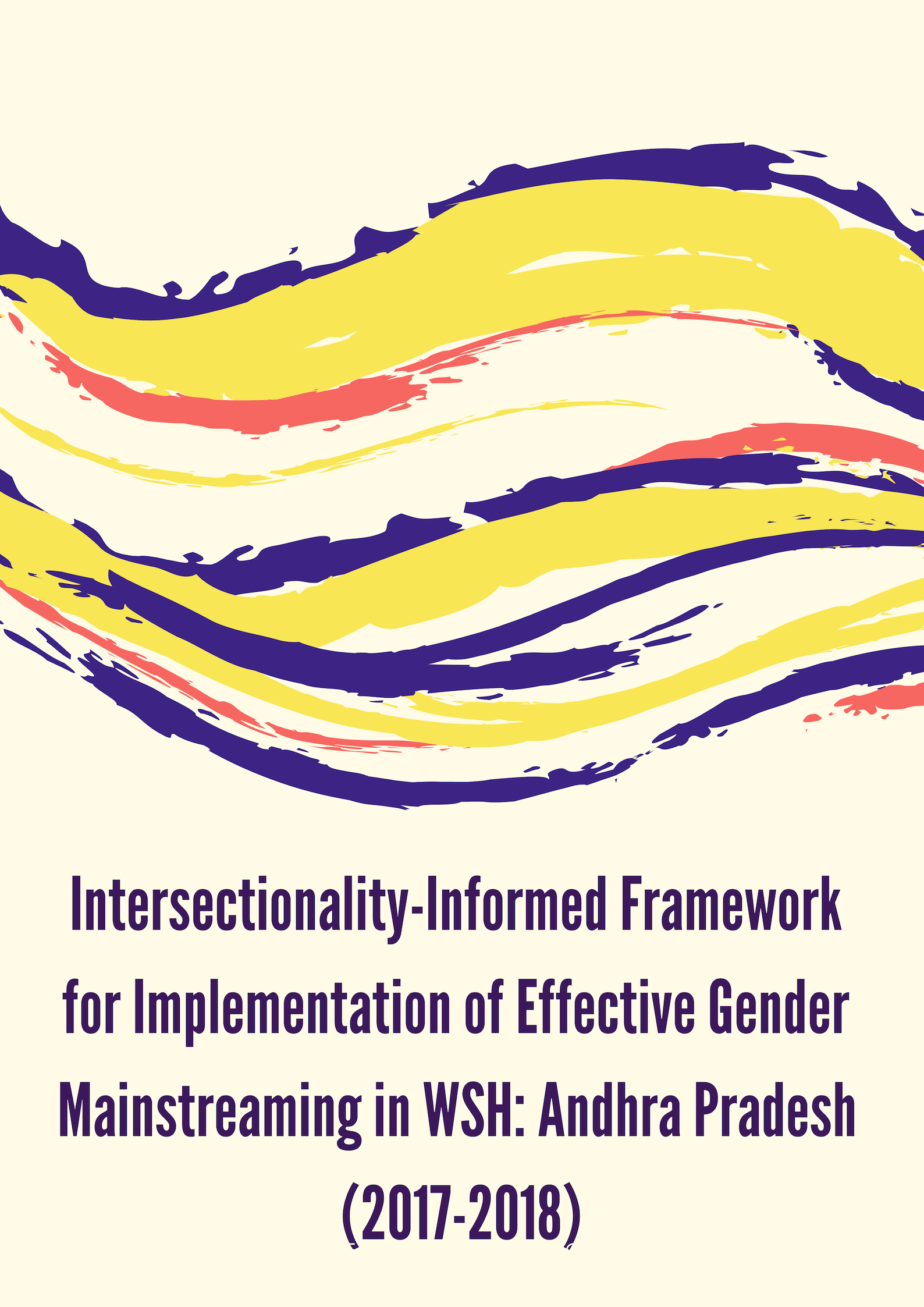
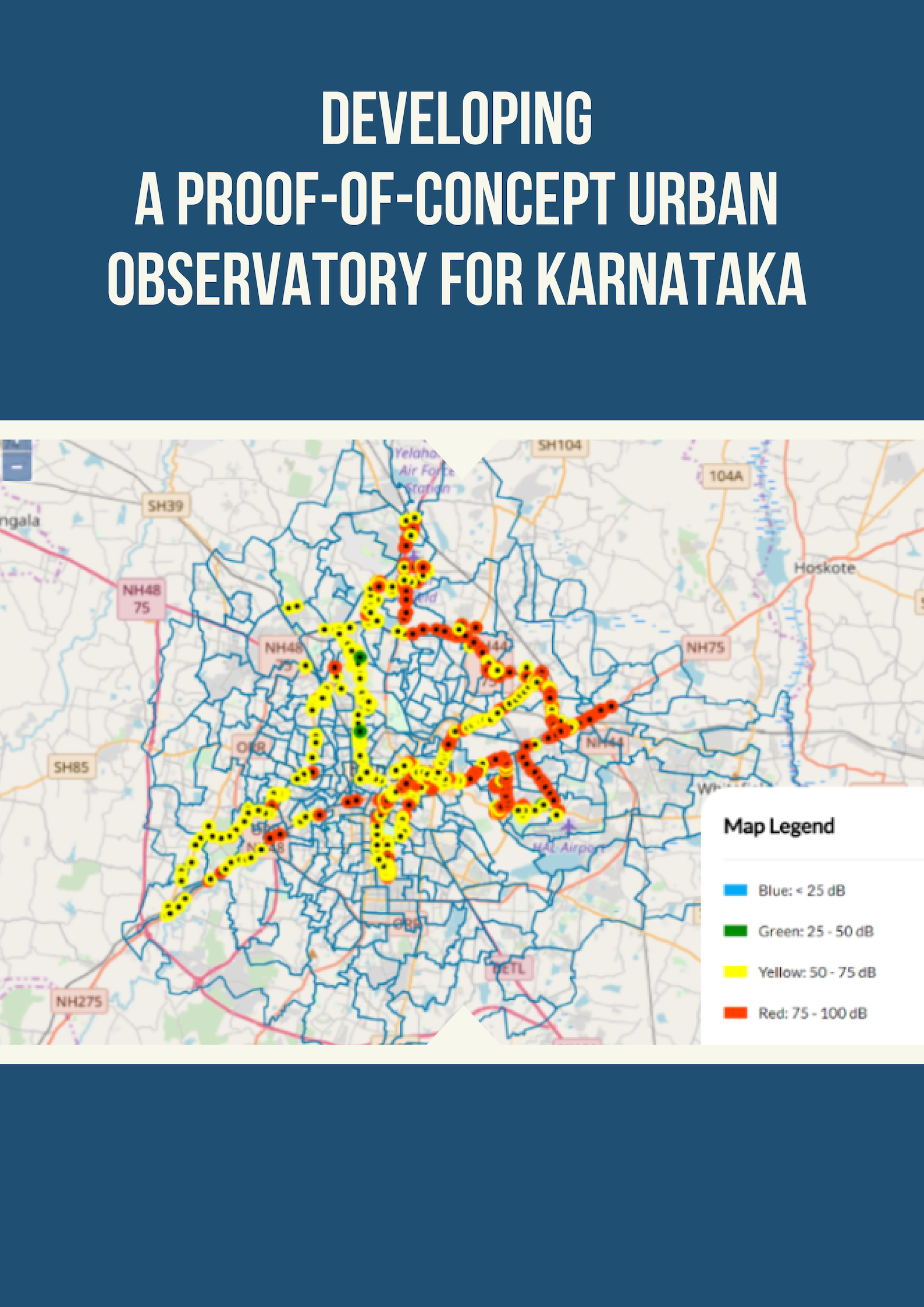
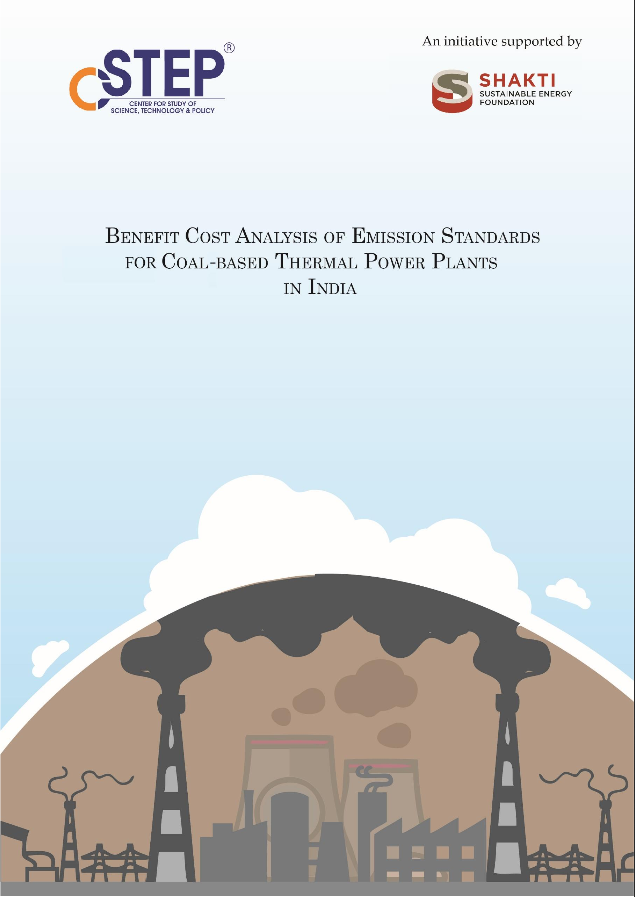







Central funds to cities for improving air quality likely to be misused
Early November, the Ministry of Finance announced that a total amount of INR 2,200 crore would be transferred to 40 cities with a million-plus population to aid in improving air quality. This is in alignment with the National Clean Air Action Programme (NCAP), launched in January 2019 by the Government of India, which aims to cut pollution by 20-30% in 122 non-attainment cities by 2024. This funding would be the first tranche of a total INR 4,400 crore support the 15th Finance Commission announced in February 2020.
Walking on thin ice
Changes in the climate system over tens of thousands of years brought about ice ages and interglacial warming periods. Science confirms that climate change, which is a large-scale and long-term change in the earth’s weather patterns, is human-induced and not due to natural causes.
Globally, the past five years have been the hottest on record, extreme weather events such as heat waves, floods, and droughts have gone up five-fold, and economic losses have increased seven-fold over the past 50 years.
India’s newly planned vehicle scrapping policy: A 2-in-1 solution to curb air pollution and revive the auto industry
Nearly 4 million commercial vehicles in India are expected to ride into the sunset soon. The much awaited vehicle scrappage policy, expected to be notified shortly by the Ministry of Road Transport and Highways (MoRTH), aims to scrap older commercial (more than 15 years) and private vehicles (more than 20 years). Currently, the total number of vehicles older than 15 years in the country is around 28 million (including all categories), of which nearly 4 million are commercial.
Foolproofing the Future
The deluge of recent calamities including Cyclone Amphan, floods in Assam, Maharashtra, and Karnataka, and the wildfires in California and Oregon bears testimony to the recurrence of climate crises in rapid succession. In fact, the year 2020 has underscored the uncertainty and unpredictability of such catastrophes. The regularity of such incidents calls for the immediate application of resilience thinking.
A comprehensive energy policy is the need of the hour
A comprehensive energy policy is vital to India meeting its developmental goals; however, it has fallen short. India's extant Integrated Energy Policy (IEP), which was prepared in 2006 by the Planning Commission, is dated. Renewable power, electric vehicles, Nationally Determined Contributions (NDC) goals, etc., have meant that a fundamental rework of the energy policy is warranted.
Evaluation of MERRAero PM2.5 over Indian cities
The present study evaluates the performance of NASA's Modern-Era Retrospective Analysis for Research and Applications Aerosol Reanalysis (MERRAero) over Indian cities by validating its PM2.5 concentrations (reconstructed using individual species concentrations) against that of the real-time hourly observations. The study period of the present analysis is between 2013 and 2015. Several performance statistics (mean bias, mean absolute bias, mean fraction, correlation coefficient, FAC2) are derived for the assessment, which was carried out on various temporal scales.
Identifying predictors of personal exposure to air temperature in peri-urban India
•Limited agreement between ambient and personal air temperature
•Overall moderate correlation between ambient and personal air temperature
•Nighttime predictors included household altitude, ceiling height, and income
•Daytime predictors included housing characteristics and GPS-tracked altitude
•Time in agricultural labour was predictive in women and time travelling in men
mmaqshiny v1.0: R-Shiny package to explore Air-Quality Mobile-Monitoring data
Stationary air-quality monitors do not capture spatial variations in air-pollution. Mobilemonitoring or "sensors on a mobile platform", is an increasingly popular approach to measure high-resolution pollution data at the street level. Coupled with location data, spatial visualisation of air-quality parameters helps detect localized areas of high air-pollution, also called hotspots. In this approach, portable sensors are mounted on a vehicle and driven on predetermined routes to collect high frequency data (1 Hz).
Developing a Low-Cost Passive Method for Long-Term Average Levels of Light-Absorbing Carbon Air Pollution in Polluted Indoor Environments
We propose a low-cost passive method for monitoring long-term average levels of light-absorbing carbon air pollution in polluted indoor environments. Building on prior work, the method here estimates the change in reflectance of a passively exposed surface through analysis of digital images. To determine reproducibility and limits of detection, we tested low-cost passive samplers with exposure to kerosene smoke in the laboratory and to environmental pollution in 20 indoor locations.
